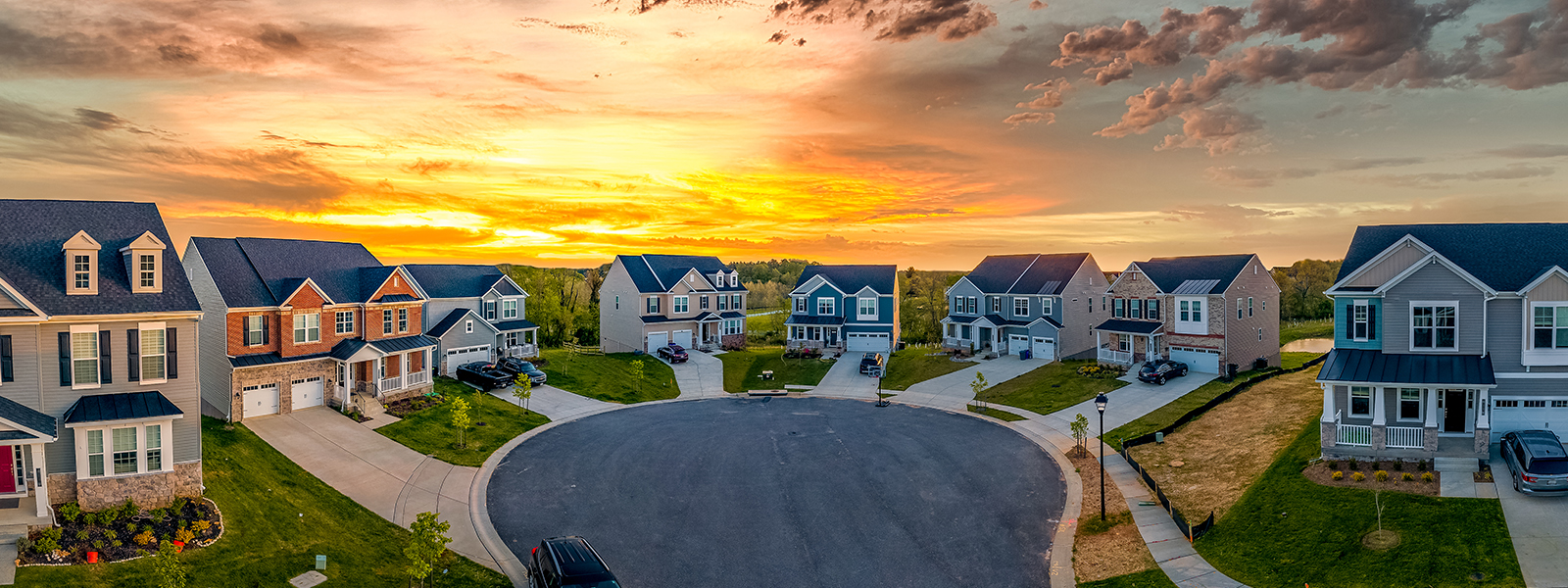
Wk28 // How to Protect Your Wealth in the 21st Century
The post WWII era brought us property. Retaining that wealth accumulation is more important now more than ever.
WWII is over and housing for vets is heavily subsidized. Suburban housing developments spread across the landscape on a scale never before imagined, at a distance from the city never before acceptable. Park Forest, Illinois, one of the largest privately built communities in the country, opened in 1948. But it was more than 30 miles from the jobs and services of downtown Chicago. Cars became the new need for families and factories quickly retooled their government subsidized military factories to meet the new demand.
Thus begun the symbiotic relationship that reshaped America.
After the hardships and deprivations of World War II, the 1950s promised prosperity and a better life for many Americans. More families earned more money, bought cars, and bought or rented their own homes. New government home construction and mortgage programs helped draw builders and white residents away from aging cities.
Everyones grandfather it seems like worked going door to door to insure these new developments and the families inside.
Now, one of the best ways to ensure family wealth transfer is real estate and life insurance and in our first quarter of the 21st century we have seen the collapse of an out of control housing market, decreased rate of life insurance sales, climate risk resulting in wildfires accross the West, floods on the Gulf, Blizzard dropping lower than ever and dangerous hurricane seasons along the Atlantic. General wealth transfer is under threat. Meanwhile as the market consistently grows more than GDP, wages stagnate, and inflation hits, generational wealth is more important than ever to ensure your family will continue to stay middle class and higher.
You make look at what you have and say it’s nothing but it’s ripple affects through generations is incalculable. So insure them well.